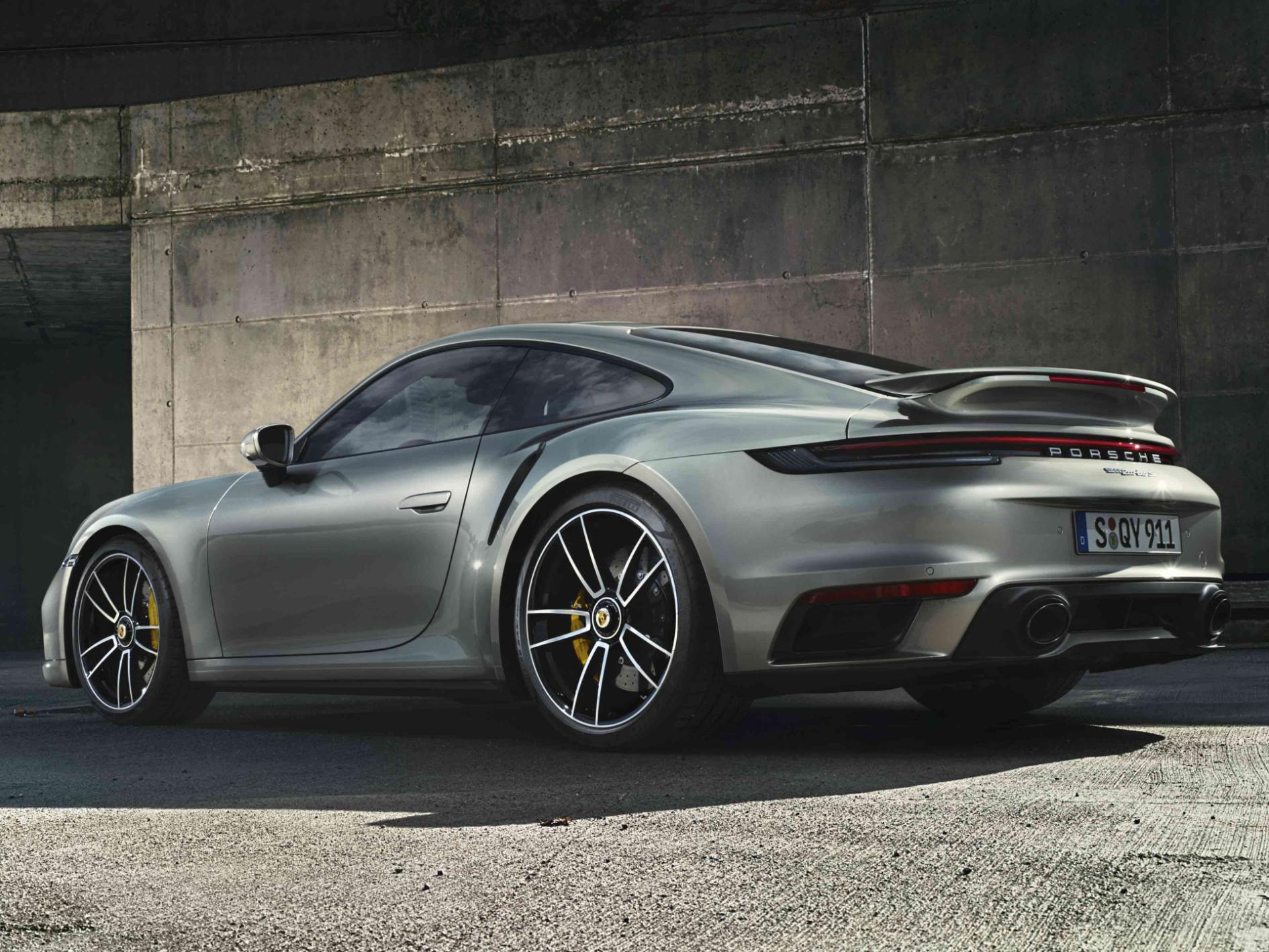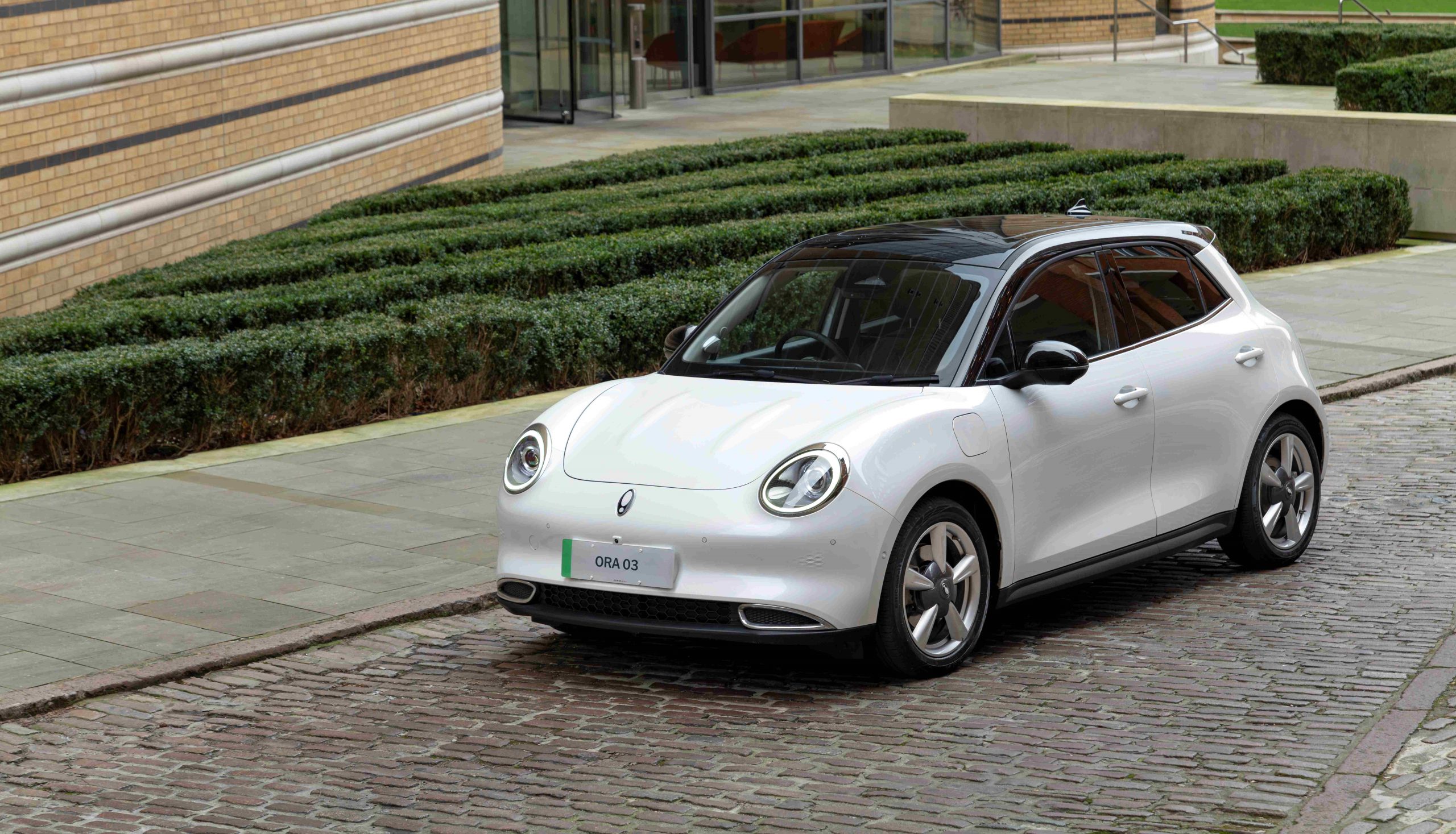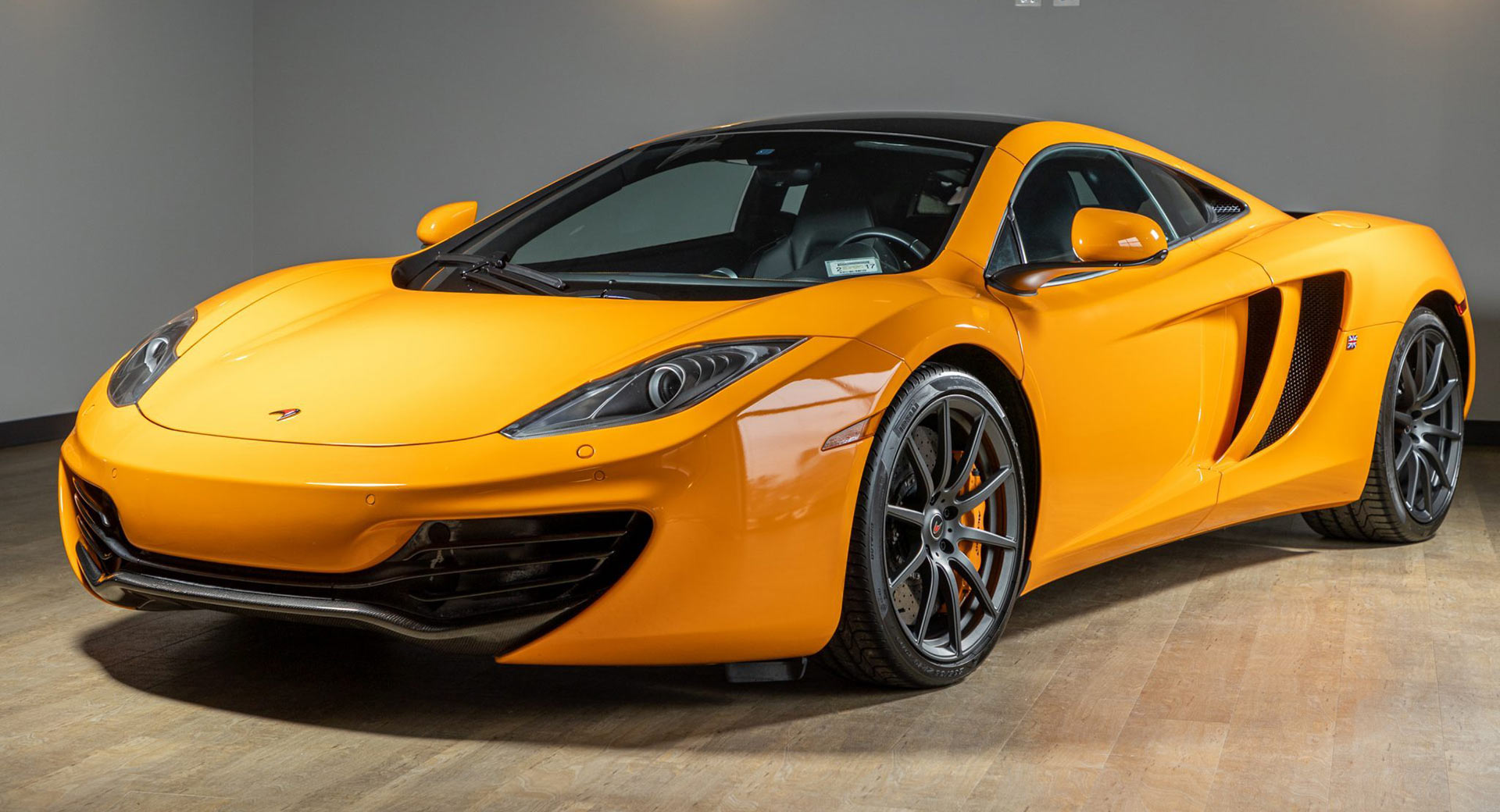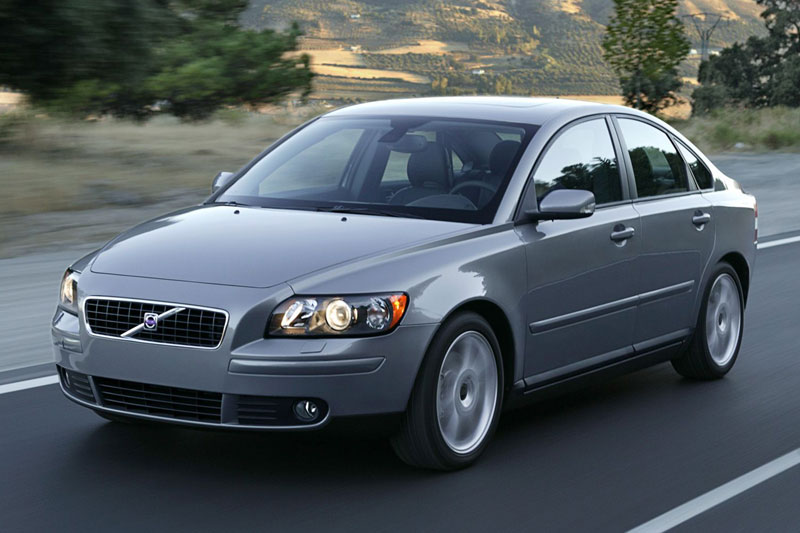In April 2024, Alfa Romeo was forced into a humiliating climbdown over the name of its latest model. Unveiling a dramatic-looking compact crossover, the Italian company launched the newcomer with the name ‘Milano’, after its home city of Milan in the north of the country.
However, the Italian government had other ideas, stating that nothing can be sold with the name of an Italian place unless it was specifically built there. And so, as the Milano will be built in Poland, the country’s government said it couldn’t possibly be given this name.
Hence, just five days after revealing the Milano to much fanfare, Alfa had to announce that it was switching the new model’s name to Junior, one of its heritage badges.
That wasn’t the first time a car maker had to hastily change a model’s name…
Porsche 911

Perhaps one of the most famous examples that, unwittingly, has led to a world-renowned model badge comes with Porsche’s long-serving, rear-engined sports car icon. When it first appeared in the early 1960s, it was actually called the Porsche 901 and there are some early examples out in the wild which have that number on their rumps. However, French firm Peugeot kicked up a fuss, saying that it had the monopoly on car model names that were three digits long with a zero in the middle – it had been doing them for years prior to the 901’s appearance, and it’s still doing them today – and so the German company was forced to switch the middle ‘0’ to a ‘1’. And the rest, as they say, is history. Funnily enough, Peugeot didn’t seem half as bothered when Ferrari revealed the 308 in 1975…
GWM Ora 03

This unusual-looking electric hatchback from Chinese company Great Wall Motors (GWM) now wears the humdrum model identifier of ‘03’. However, it had barely been on sale a year before it got this boring name, because prior to that it was known as the Ora Funky Cat. There are many weird and unusual car names from China which wouldn’t sit well with European markets, and oddly enough the Funky Cat was never even sold as that in its homeland, where it was known as the Good Cat. However, in a company-wide renaming strategy to give all its models numerical identifiers, GWM made the switch. Probably for the best, as while it certainly raised eyebrows and intrigue, no one could adequately explain precisely what a ‘funky cat’ might well be.
Tesla Model 3

Another electric car to fall foul of a renaming snafu was none other than the Tesla Model 3. Aside from the recently launched Cybertruck, anyone idly perusing Tesla’s product line-up will notice a pattern: there was the Model S, the Model X and the Model Y. So why, then, is the Model 3 given a number and not a letter? Well, the truth is that it was supposed to be sold as a letter – Model E, in fact. And, saying much about boss Elon Musk’s unusual psyche, that would have meant that the American company’s product line-up would have spelled out S-E-X-Y. Anyway, the reason for the change was compatriot firm Ford, which pointed out that some of its historical vehicles were called Model T and Model A, so it didn’t want the Model E to see the light of day. Oddly enough, Ford seemed fine with the other three letters, which is most bizarre with the last of them in particular as, in Europe in the 1930s, it made a small car called the Model Y…
Alfa Romeo Giulietta

Poor old Alfa Romeo. It doesn’t have much luck with the Milano name, because the whole farrago about the 2024 Milano/Junior is not the first time the manufacturer has thought about naming a car after Milan… and then not done it. In 2008, the firm launched a small hatchback called the MiTo, a portmanteau of the words ‘Milano’ and ‘Torino’ (Turin), as the car was designed in the former city and built in the latter. It then intended to follow up with a larger, family-sized hatch as the Milano in 2010, but as the company had just taken the controversial decision to remove its styling house from Milan, there was a lot of bad blood about Alfa and its departure from the city in question, so the model was hastily renamed Giulietta, one of the marque’s nameplates from the past (much like Junior, in fact).
McLaren 12C

Supercar manufacturer McLaren, as a road-going concern, was born out of its Formula 1 history and so, when it built its first vehicle for the public in 1992, it called it the McLaren F1. Simple and effective, and a great name for one of the all-time automotive legends. However, the later company McLaren Automotive (which replaced McLaren Cars) wasn’t quite as successful with its F1 tie-up in 2011, calling it the MP4-12C. While the component parts of that were all nobly arrived at – the genuine Formula 1 competition vehicles that the company made since 1981 all have ‘MP4’ numbers of some sort, the ‘12’ related to McLaren’s own in-house index of performance levels, and the ‘C’ was for the extensive use of carbon in the car’s make-up – the resulting nameplate was a clunky mouthful and, written down, looked more like some kind of banal industrial product, rather than a glamorous mid-engined supercar. Hence, just a year later in 2012, McLaren dropped the MP4 bit and simply called the car the 12C.
Toyota MR-2
We have to be careful with this one. Toyota’s name for its excellent little sports coupe came out of simple pragmatism. The original was mid-engined (M), rear-wheel drive (R) and could seat two people (2). So far, so good. The problem with this simple alphanumeric, though, manifested in France, because where English-speakers would say ‘em-arr-two’, the French would instead read the same sequence as ‘em-air-deux’. And said like that, it sounds like… a rude word in the French language, hence the Toyota had to be sold as the MR-S there instead.
Lost In Translation: assorted other car name stories and myths
There are various quick stories about cars which had to change their names in certain parts of the world. Some of them, like the unlucky Toyota above, relate to profanities in other languages, which is why the Hyundai Kona is called the Kauai in Portugal, while the Mitsubishi Pajero never did particularly well anywhere that Spanish is the native language. We’ll leave you to Google why that may be the case on both of those at your own discretion.

But homophones in other languages can even affect things as pragmatic as numbers. Alfa Romeo (again!) fell foul of this in Chinese-speaking markets Taiwan, Hong Kong and Malaysia, where its large and luxurious 164 saloon of the 1980s and ‘90s had to be renumbered 168. This is because 164 in Chinese roughly sounds like ‘all the way to death’, whereas 168 means ‘all the way to prosperity’.
Elsewhere, Volvo’s S40 compact saloon (1995-2004) was originally going to be called the S4, with the estate due to assume the name F4. However, Audi had already reserved ‘S4’ for hot versions of its A4 model range, so the Swedes instead switched their machines to S40 and V40.

The Ford Mondeo was saddled with a model name which was made-up gobbledegook in the main, as it is the French word for ‘world’ (monde) with an ‘o’ stuck on the end of it, to reference the fact it was a global car for the American company. But it was originally going to be called the Ford Lyrus, after the son of Aphrodite, the Greek goddess of love. Paradoxically, the Mondeo didn’t even wear its eventual nameplate worldwide, as it was sold originally as the Ford Contour and Mercury Mystique in the Americas, before becoming the Ford Fusion.
And finally, two amusing stories that are generally considered to be urban myths. First, the Mitsubishi Starion – some wags said this was because Japanese engineers had problems, when speaking in English, saying the word ‘stallion’, while things weren’t helped by a TV advert in its home country which closed with the logo of a horse’s head and the word Starion. But the name is actually a contraction of ‘Star of Arion’, with Arion being a fabled horse from Greek mythology. Hence all the horse-related confusion.
Meanwhile, back in Spain (and Mexico), cars called ‘Nova’ didn’t sell because that translates as ‘no go’ or ‘doesn’t go’ in Spanish – meaning both Chevrolet and Opel would struggle to sell their models in the two countries as a result. But while ‘no va’ does indeed mean that in Spanish, no speaker of the language would read it as such when written all as one word and it’s in fact an urban myth. Weirdly, Opel’s supermini has been known as the Corsa since it launched way back in 1983 in almost all countries, except for the UK where the Mk1 was called the Vauxhall Nova. This, ironically enough, was because General Motors thought British people would think the intended model name sounded like ‘coarser’, with its own negative connotations. However, it can’t have mattered that much, because by the time the Mk2 came along in 1993, the UK joined ranks and simply sold the car as the Vauxhall Corsa.